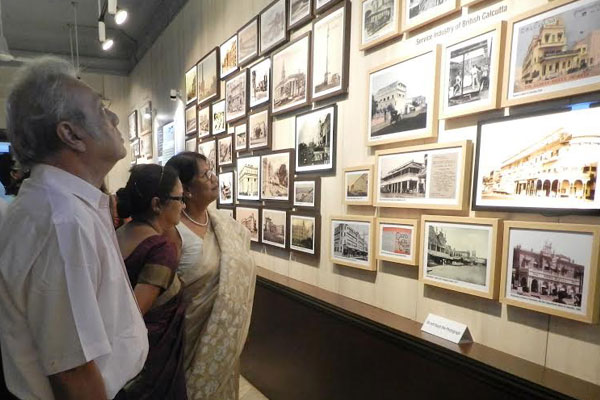
Bengal Chamber initiative throws light on city's unsung legacy: the municipal heritage
The Calcutta Talks have been introduced by the Bengal Chamber of Commerce and Industry, to complement the Calcutta Gallery that it has put together with rare and heretofore little-viewed photographs of the city.
Curated by Soma Mitra Mukherjee, the pictorial display, housed in the Bengal Chamber's iconic building in the central business district of Kolkata, largely traces the industrial and business history of Calcutta (as Kolkata was formerly known).
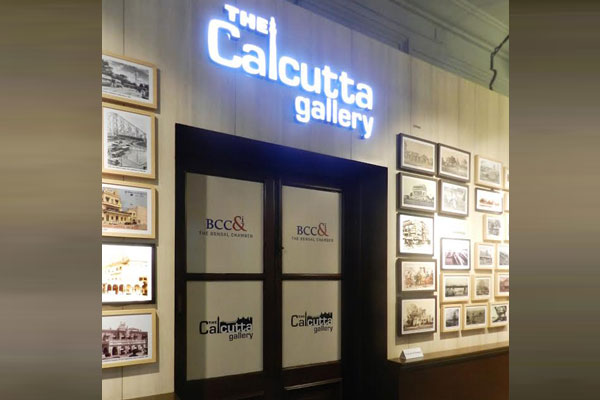 The pictures have been methodically arranged under heads such as Diversification of East India Company's Business, Banking and Insurance, Post and Telegraph, the Howrah Bridge, the Airport, Port and Railways, the Service Industry, etc.
The pictures have been methodically arranged under heads such as Diversification of East India Company's Business, Banking and Insurance, Post and Telegraph, the Howrah Bridge, the Airport, Port and Railways, the Service Industry, etc.
The Bengal Chamber of Commerce and Industry, also referred to as The Chamber, itself a historical institution, has been functioning from 1833.
One of the pictures in the Gallery shows the grand facade of the iconic building sans the hoardings and jungle of wires that hide it today.
Talking about the genesis of Calcutta Gallery, Ambarish Dasgupta, immediate Past President, said he got the idea of the photo gallery after seeing an old picture of a fighter plane landing on the Red Road, which had gone viral over digital media.
His thoughts were hastened into action with the news of the burning down of Kolkata's heritage photography shop, Bourne and Shepherd, which had a fantastic archive of old photographs of the city.
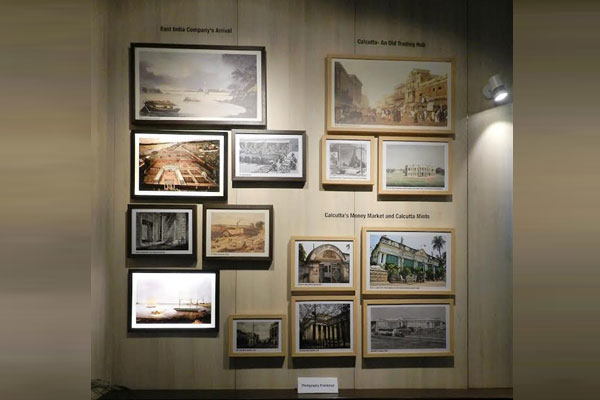 According to The Chambers, the lecture series, Calcutta Talks, has been mooted to awaken the city's 'collective consciousness' about its heritage.
According to The Chambers, the lecture series, Calcutta Talks, has been mooted to awaken the city's 'collective consciousness' about its heritage.
Bandopadhyay, Principal Secretary in the state's Transport Department, has held many offices over time, one of which was being the Municipal Commissioner of Kolkata Municipal Corporation.
Striking out at the 'elitist' mindset of designating Kolkata's built heritage only as one which needs preservation, Bandopadhyay reminded the gathering that even the city's municipal heritage needs to be preserved.
Tracing the history of 'municipalisation' of Calcutta by the imperial rulers, he showed how the city's old water supply system, the sewage and solid waste disposal, even the old slaughter houses and crematoriums, not to forget the solitary 'dhobi ghat' all preserve within themselves a fantastic knowledge of public health considerations.
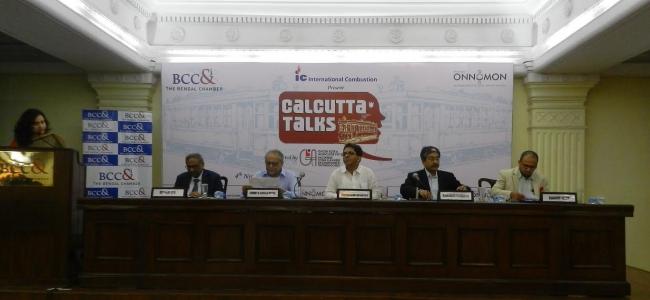 According to Bandopadhyay, the imperial city fathers were motivated by the global concern of improving public health, an urgent necessity of the expanding industrial nations.
According to Bandopadhyay, the imperial city fathers were motivated by the global concern of improving public health, an urgent necessity of the expanding industrial nations.
Interestingly, Kolkata still uses many of the institutions and works that were implemented by British, such as the Tala and Palta pumping stations but put little value to it.
Bandopadhyay in his detailed speech, highlighted that the city's heritage lies as much underground -- through the network of pipelines -- as that lies above ground.
"Because we were not respecting the heritage sewage pipelines, they hit back," he remarked while describing how the municipal corporation discovered that the only way to tackle the depression suffered by Nimtola Ghat Street was to clean and maintain the old sewer lines that ran below the road.
According to Bandopadhyay, the 'municipalisation' was also a manifestation of increasing discipline.
Therefore, the city fathers realised that the Hindu system of cremating the bodies in the open along the river needed to be looked into and the Keoratola crematorium was built.
To ensure that the meat that came to the table was clean and of good quality, abattoirs were built.
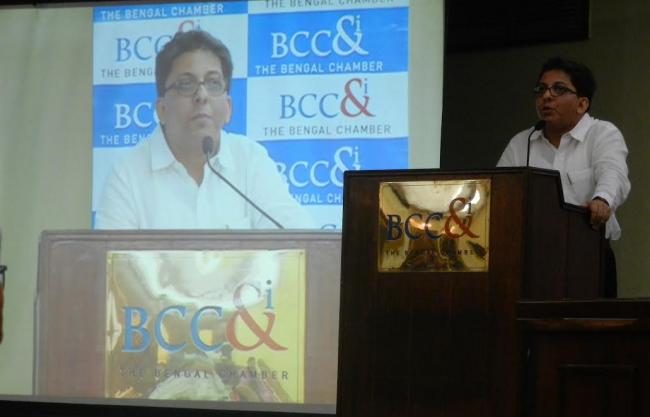 Bandopadhyay wondered aloud how many people have noted that the slaughter house in Tangra has a Roman architectural feel to it.
Bandopadhyay wondered aloud how many people have noted that the slaughter house in Tangra has a Roman architectural feel to it.
To the gathering, it came as a surprise to know that the municipal corporation not only maintained 'dhobi ghats' for washing of clothes but one of them even exists today.
Train lines were laid to transport the solid waste to the dumping grounds on the eastern edges of the city.
Bandopadhyay insisted that it was time to come out of the 'elite' mindset and 're-engage' with the city's municipal history unless we want to lose a large chunk of inherited knowledge about maintaining the public health system.
Also present at the Calcutta Talks were Subhodip Ghosh, Director General, The Bengal Chamber of Commerce and Industry, and Advocate Anindya Kumar Mitra, President of Ananya Onnomon (who is one of the collaborators of the Calcutta Talks project).
Reporting and images by Uttara Gangopadhyay
Support Our Journalism
We cannot do without you.. your contribution supports unbiased journalism
IBNS is not driven by any ism- not wokeism, not racism, not skewed secularism, not hyper right-wing or left liberal ideals, nor by any hardline religious beliefs or hyper nationalism. We want to serve you good old objective news, as they are. We do not judge or preach. We let people decide for themselves. We only try to present factual and well-sourced news.







